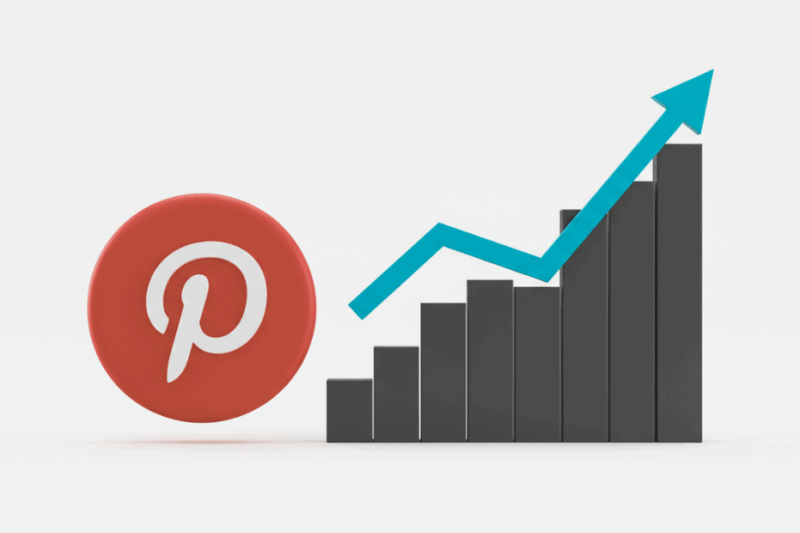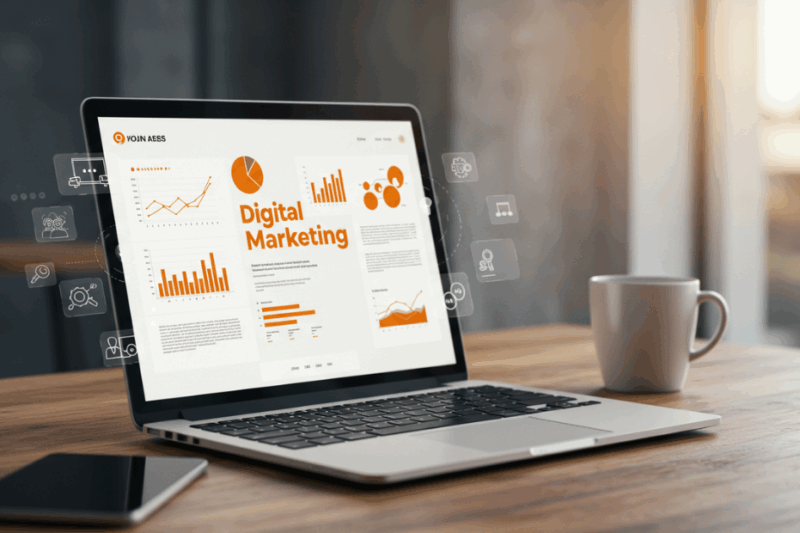In the ever-evolving world of digital marketing, businesses are constantly searching for the most effective platforms to promote their products and services. Facebook Ads and Google Ads have long been two of the most dominant players in this space. As we move into 2025, the question remains: which platform is better? The answer, as always, depends on your specific goals, audience, and marketing strategy. Let’s dive into a comprehensive comparison of these two advertising giants to help you determine which one might be the better fit for your business in 2025.

Understanding the Platforms
Before comparing the two, it’s essential to understand what each platform offers.
- Facebook Ads: Now part of Meta, Facebook Ads encompasses advertising across Facebook, Instagram, Messenger, and the Audience Network. It’s known for its robust targeting options, allowing advertisers to reach users based on demographics, interests, behaviors, and even life events. In 2025, Meta continues to innovate with immersive ad formats like augmented reality (AR) ads and shopping integrations.
- Google Ads: Google Ads remains the leader in search engine advertising. It allows businesses to target users based on intent through search ads while also offering display ads, YouTube ads, and shopping ads. Google’s dominance in search and video content ensures it remains a key player for businesses looking to capture consumer interest at various stages of the buying journey.
Targeting Capabilities
One of the most significant factors in choosing an advertising platform is its targeting potential.
- Facebook Ads: Facebook excels in audience targeting. With access to detailed user data, businesses can create highly specific audiences. In 2025, Meta has further refined its AI-driven targeting tools, enabling advertisers to predict user behavior more accurately. For brands seeking to build awareness or engage users based on interests and lifestyles, Facebook Ads remains a top choice.
- Google Ads: Google’s strength lies in intent-based targeting. When users search for something on Google, they’re often looking for information or ready to make a purchase. This makes Google Ads highly effective for capturing high-intent leads. Additionally, Google’s keyword targeting and retargeting capabilities ensure businesses can reach users who are actively interested in their offerings.
Ad Formats
Both platforms offer a variety of ad formats tailored to different goals.
- Facebook Ads: In 2025, Facebook continues to expand its ad formats to include video ads, carousel ads, Stories ads, Reels ads, and AR ads. Interactive formats like AR ads allow users to try products virtually before buying them, making them ideal for e-commerce brands. Instagram Reels ads have also gained popularity as short-form video content continues to dominate.
- Google Ads: Google offers search ads, display ads, shopping ads, YouTube video ads, and app promotion ads. With the rise of voice search and AI-powered virtual assistants in 2025, Google has enhanced its search ad capabilities to cater to voice queries. YouTube remains a powerful platform for video advertising, especially for brands looking to tell a story or showcase their products visually.
Cost and ROI
Budget considerations play a crucial role in deciding between Facebook Ads and Google Ads.
- Facebook Ads: In general, Facebook Ads tend to have a lower cost per click (CPC) compared to Google Ads. However, competition on the platform has increased over the years, driving up costs in certain industries. In 2025, Meta’s advanced AI tools help optimize campaigns for better ROI by automatically adjusting bids and targeting parameters.
- Google Ads: While Google Ads often have a higher CPC than Facebook Ads, they can deliver a higher return on investment (ROI) due to their focus on high-intent users. Businesses targeting specific keywords with strong commercial intent can see excellent results. However, competitive industries may face steep costs for high-performing keywords.
Audience Reach
Both platforms boast massive audiences but cater to different user behaviors.
- Facebook Ads: Meta’s platforms (Facebook and Instagram) have billions of active users worldwide. These platforms are ideal for reaching users who are casually browsing and open to discovering new products or services. In 2025, Facebook Ads remain particularly effective for building brand awareness and nurturing long-term customer relationships.
- Google Ads: With billions of daily searches conducted on Google and millions of hours watched on YouTube each day, Google Ads offers unparalleled reach for capturing user intent. Whether someone is searching for a solution or watching a tutorial on YouTube, Google ensures your brand is visible at the right time.
Analytics and Reporting
Both platforms provide robust analytics tools to measure campaign performance.
- Facebook Ads: Meta Business Suite offers detailed insights into campaign performance, audience engagement, and ad reach. In 2025, Meta has enhanced its reporting tools with predictive analytics powered by AI. Advertisers can now forecast campaign outcomes more accurately and make data-driven decisions in real time.
- Google Ads: Google’s analytics tools are second to none. With access to Google Analytics 4 (GA4) and advanced reporting features within Google Ads, businesses can track user behavior across multiple touchpoints. In 2025, Google has integrated more AI-driven insights into its platform, helping advertisers identify trends and optimize campaigns more effectively.
Privacy and Data Challenges
With increasing concerns about user privacy, both platforms have had to adapt.
- Facebook Ads: The introduction of stricter privacy laws and Apple’s App Tracking Transparency (ATT) framework has impacted Facebook’s ability to track users across apps and websites. In response, Meta has invested heavily in AI-driven targeting solutions that rely less on third-party data. By 2025, these innovations have helped mitigate some of the challenges posed by privacy restrictions.
- Google Ads: Google has also faced challenges with privacy regulations and its plan to phase out third-party cookies by 2024. In 2025, Google’s Privacy Sandbox initiative allows advertisers to target audiences while respecting user privacy. Contextual targeting and first-party data have become critical components of successful campaigns on the platform.
Which Should You Choose in 2025?
Ultimately, the choice between Facebook Ads and Google Ads depends on your business goals:
- Choose Facebook Ads if:
- Your goal is to build brand awareness or engage users based on interests.
- You want to leverage visually engaging ad formats like Stories or Reels.
- Your target audience spends significant time on social media platforms.
- You’re focused on nurturing long-term relationships with potential customers.
- Choose Google Ads if:
- Your goal is to capture high-intent leads or drive immediate conversions.
- You want to target users actively searching for your products or services.
- You’re running e-commerce campaigns that benefit from shopping ads.
- You want to leverage YouTube’s massive video audience.
The Best Strategy? Use Both
In 2025, the most successful businesses don’t limit themselves to just one platform. Instead, they use both Facebook Ads and Google Ads strategically as part of an integrated marketing strategy. For example:
- Use Google Ads to capture high-intent leads through search campaigns.
- Retarget those leads with personalized Facebook and Instagram ads.
- Run brand awareness campaigns on Facebook while driving conversions with Google Shopping ads.
By combining the strengths of both platforms, you can maximize your reach, engagement, and ROI.
Conclusion
As we navigate the digital marketing landscape in 2025, both Facebook Ads and Google Ads remain powerful tools for businesses of all sizes. While each platform has its unique strengths and challenges, the best choice ultimately depends on your specific goals and audience. By understanding how these platforms work and leveraging their capabilities effectively, you can create a winning advertising strategy that drives results well into the future.


